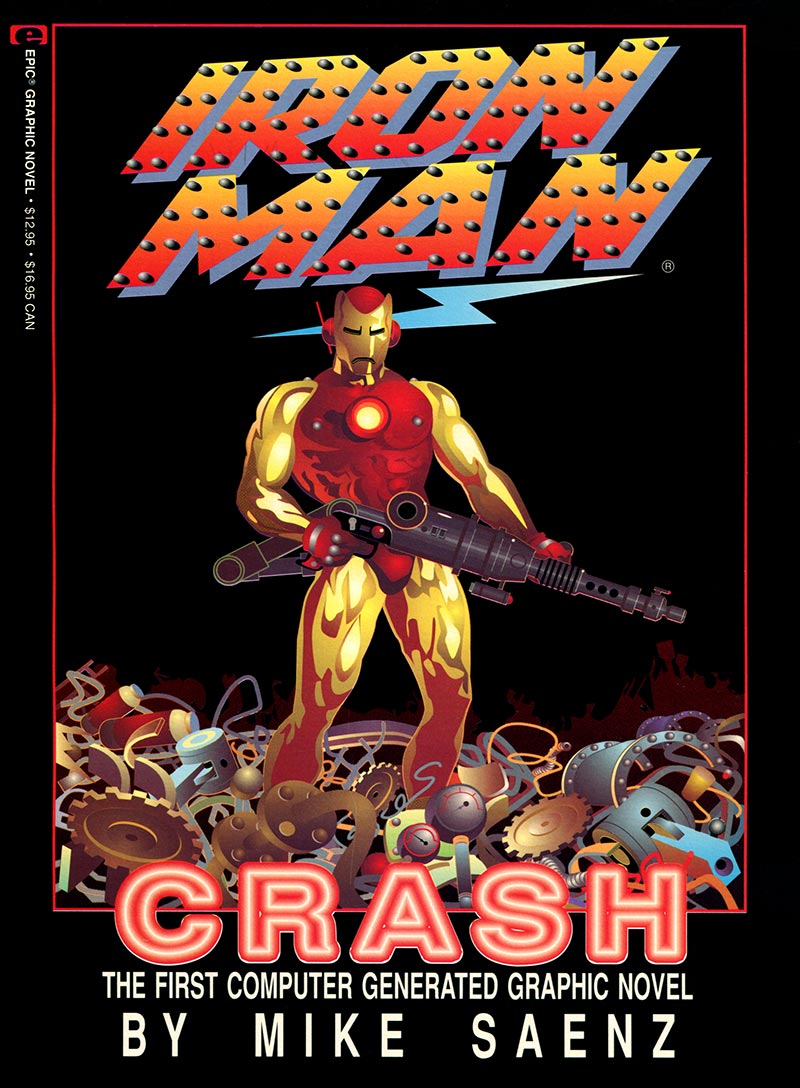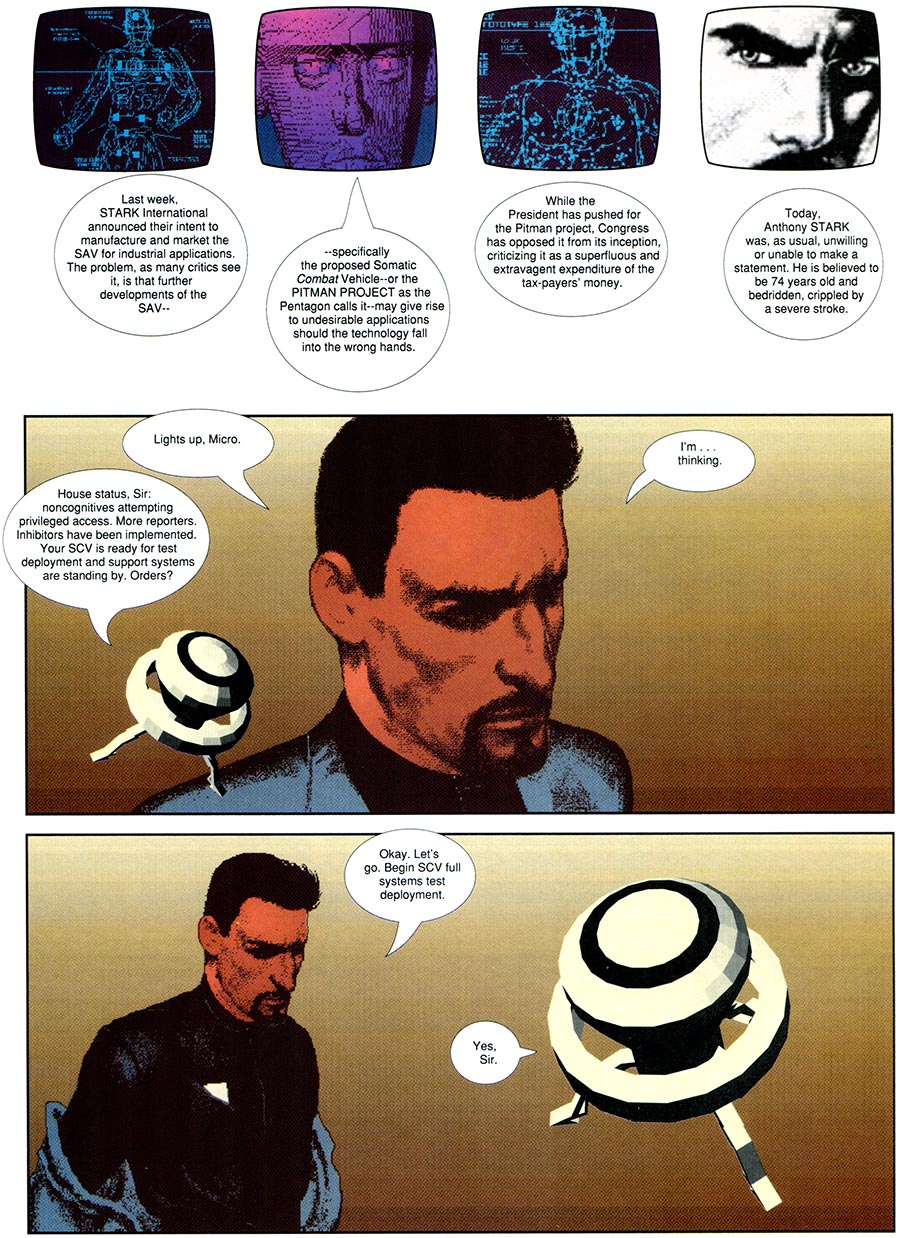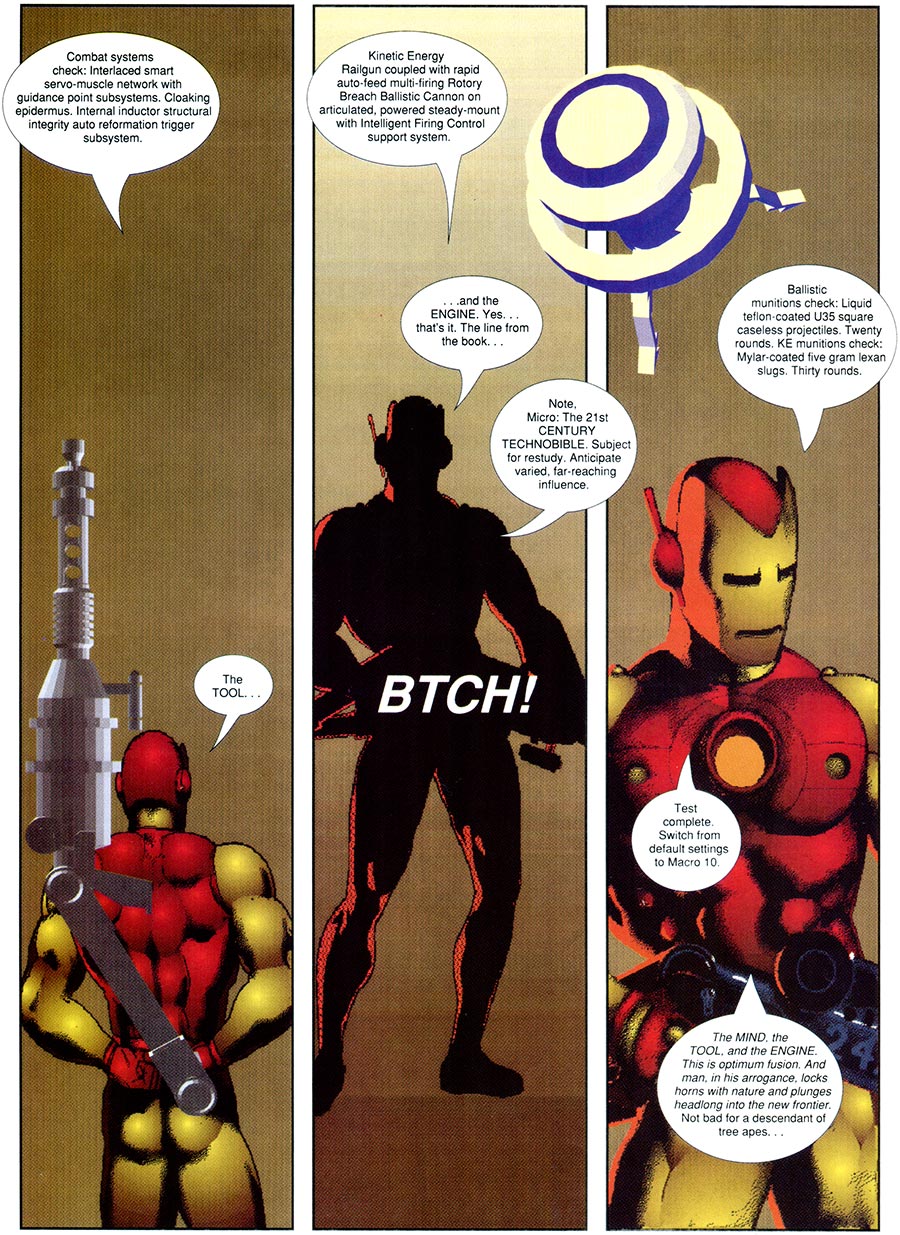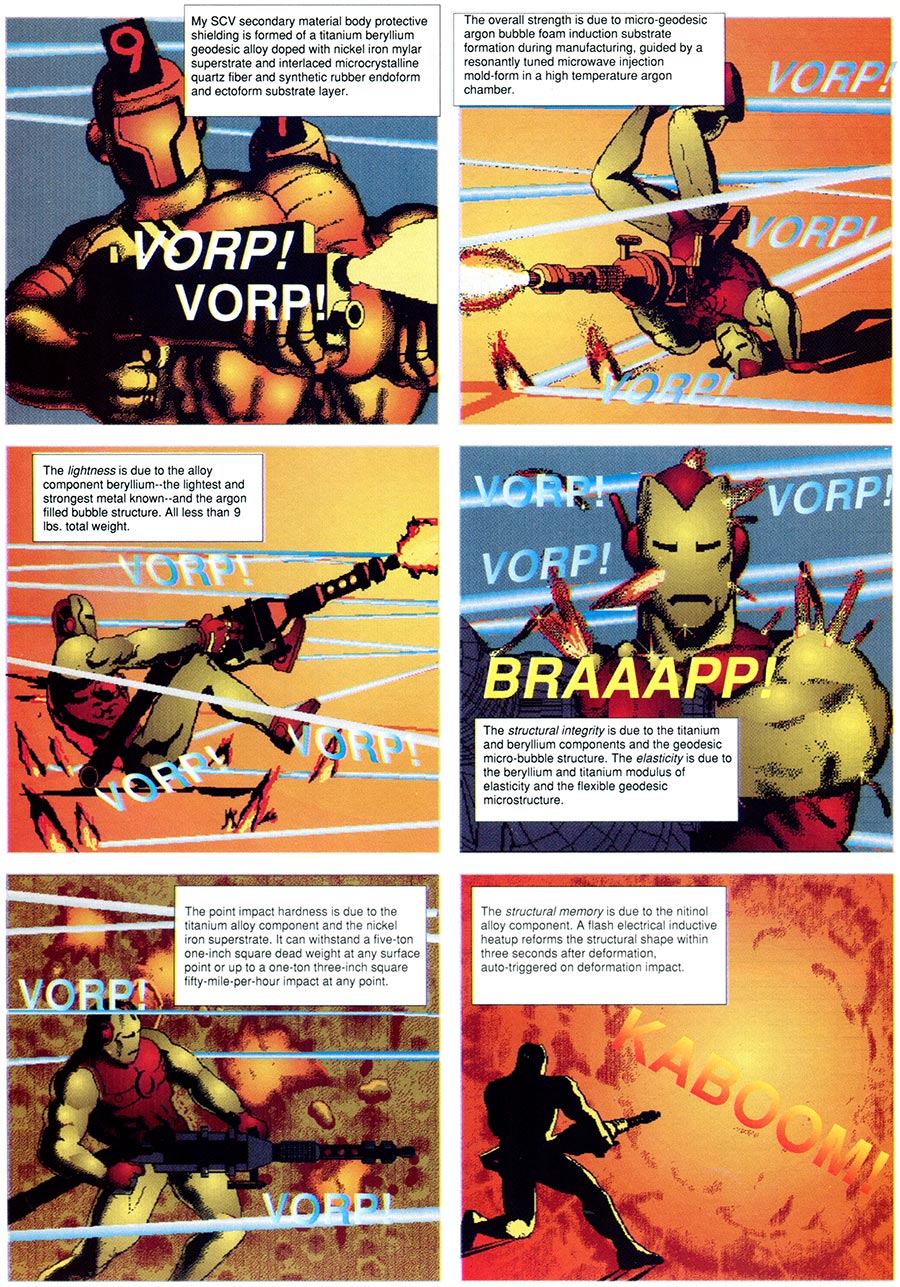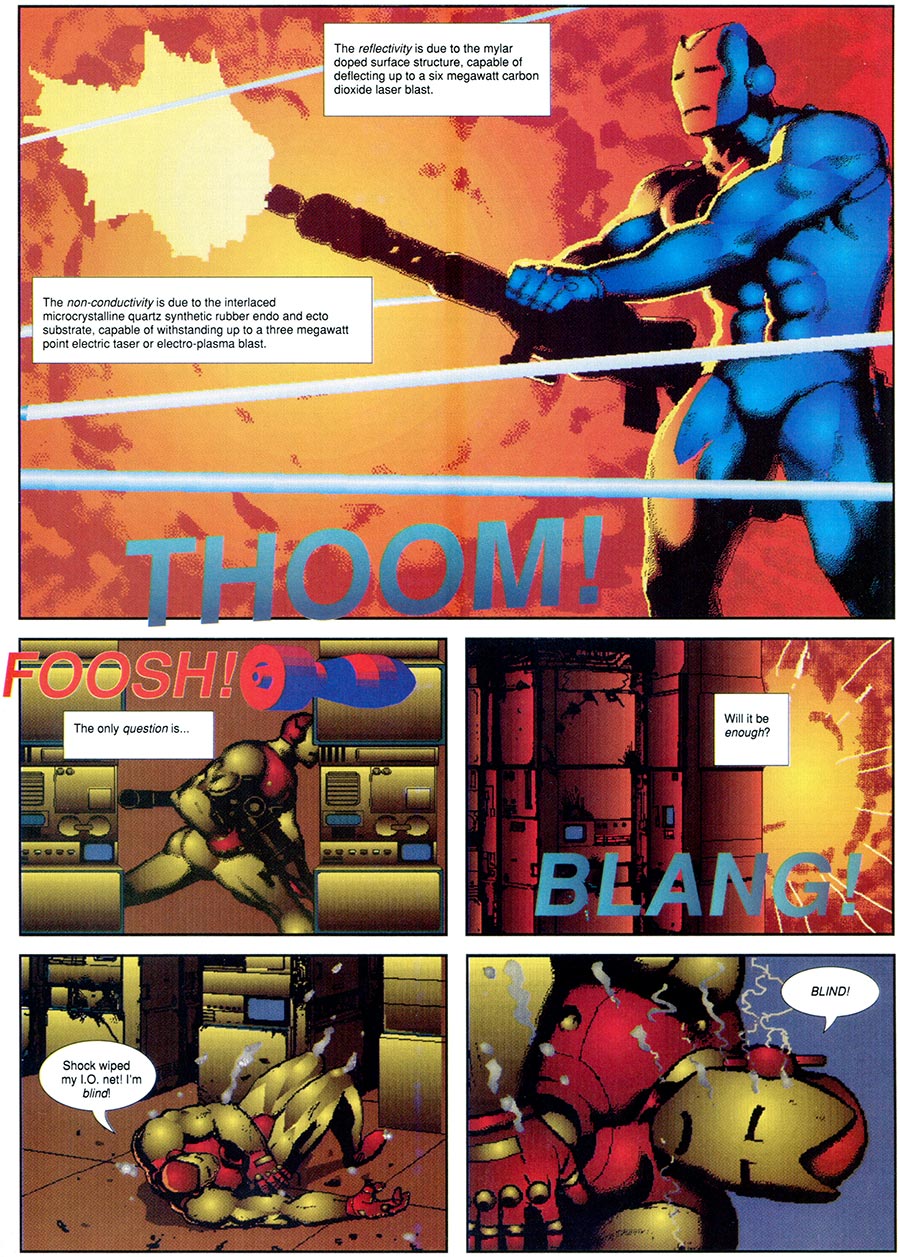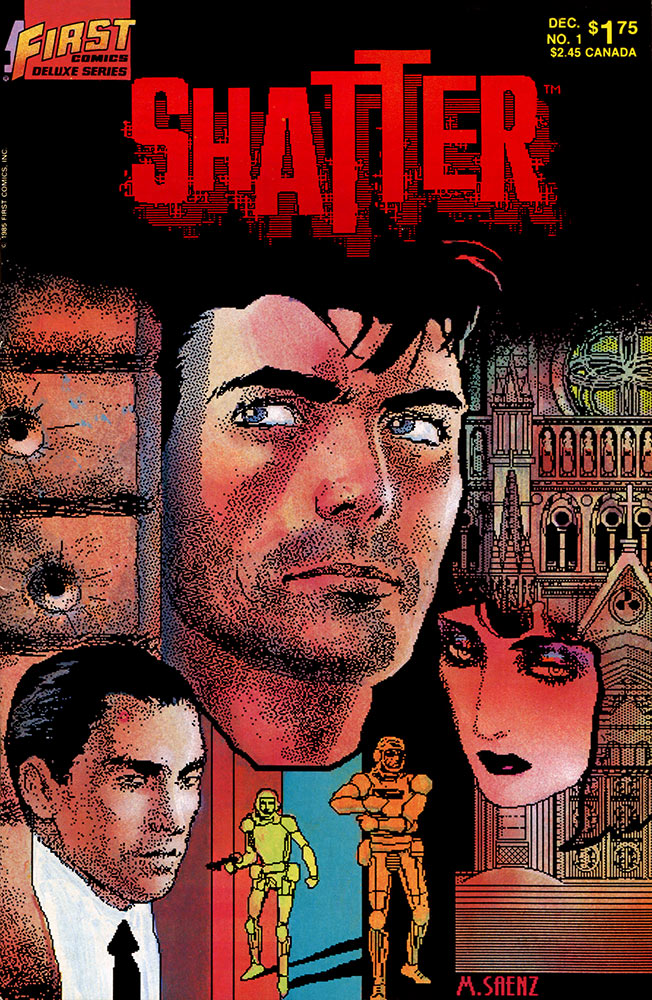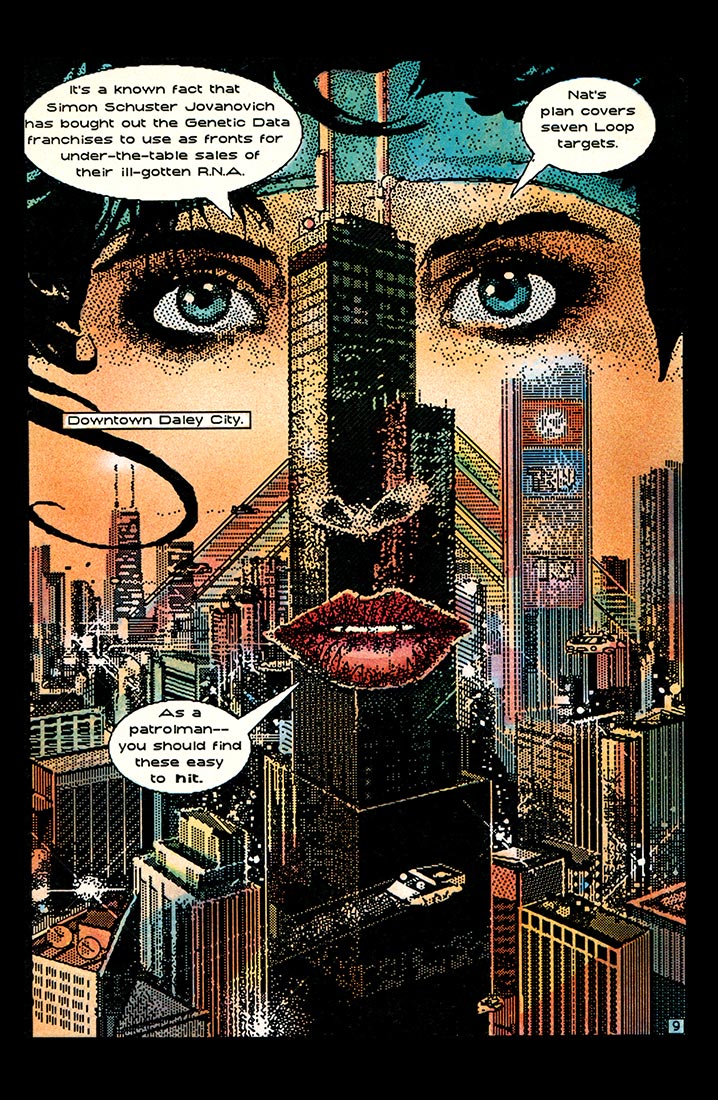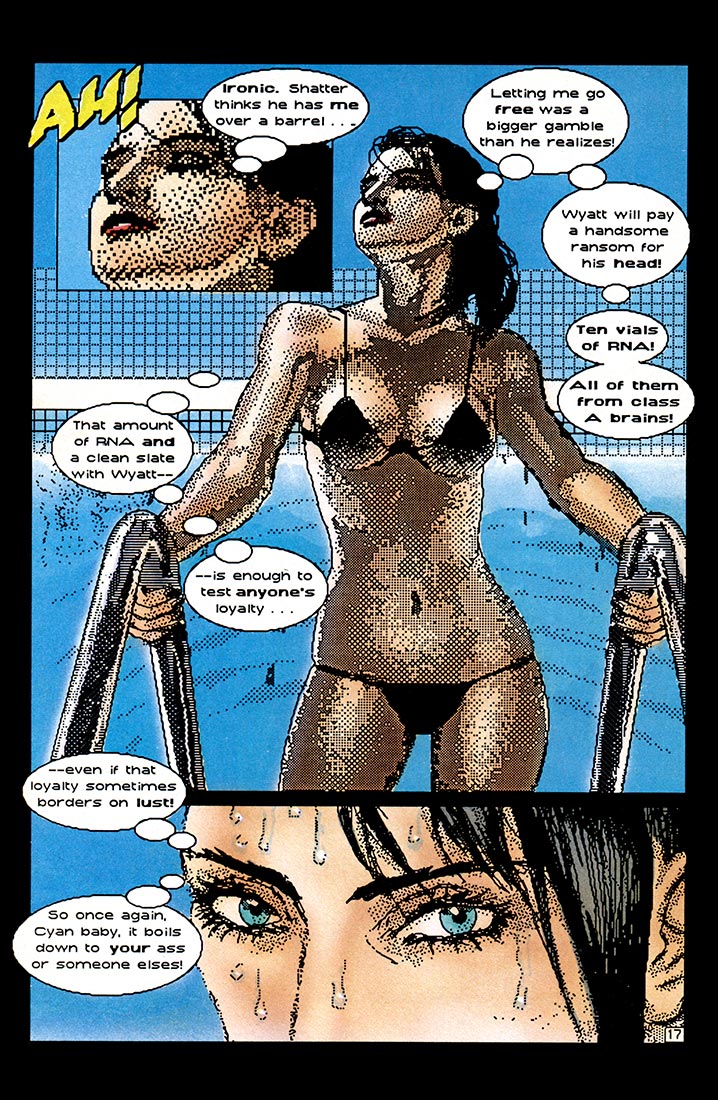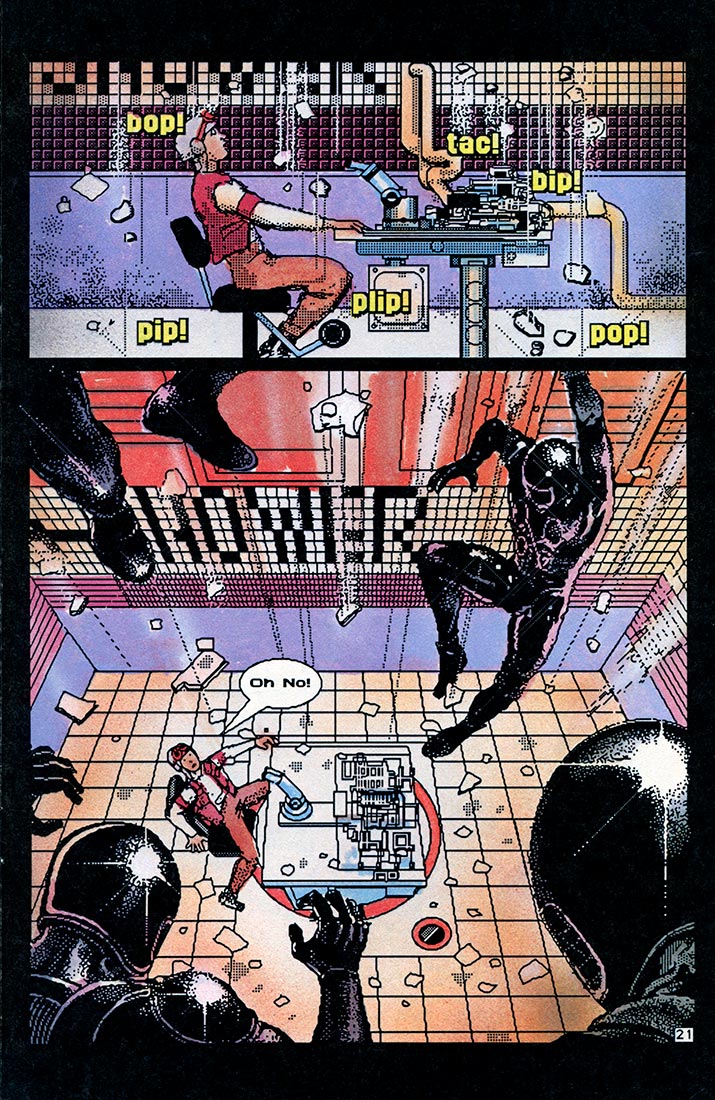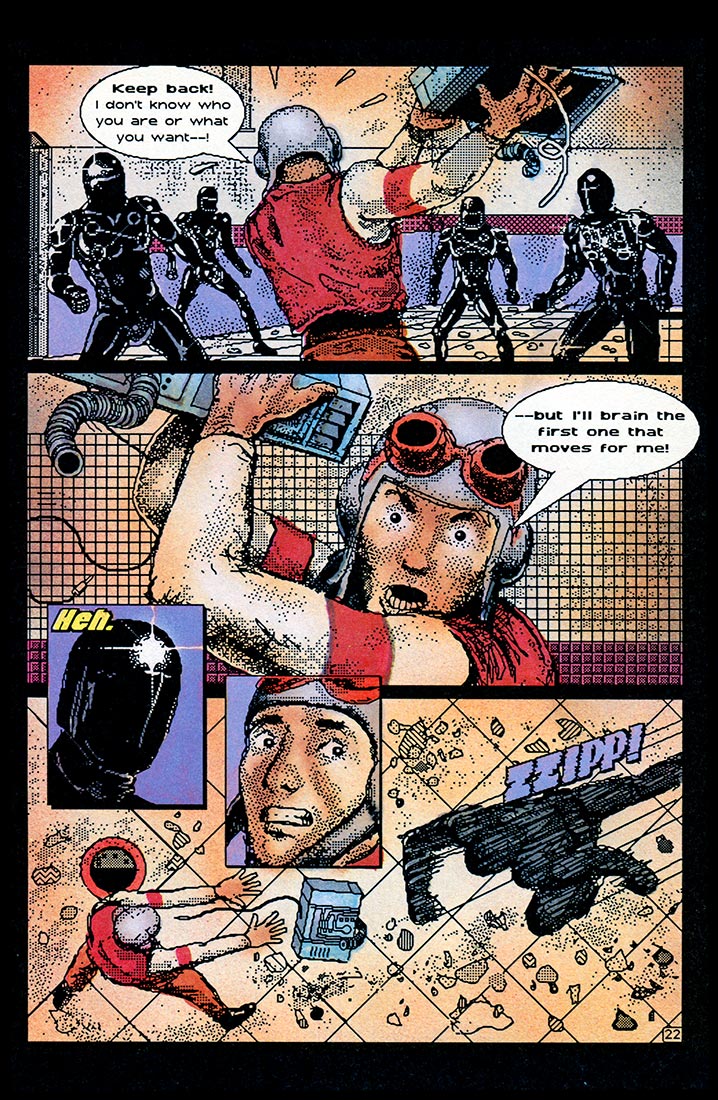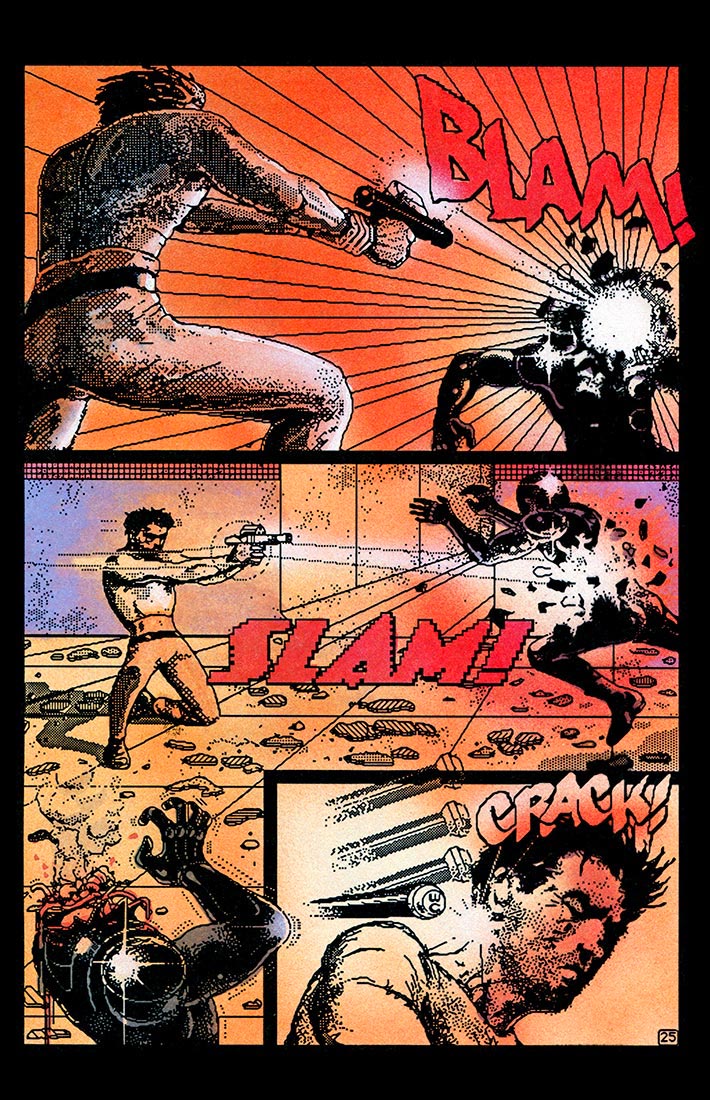it is a dog-bites-man story. the military justice system proceeded in a way that was not merely predictable but predicted. the case makes our top-10 list largely because the dog was barking-mad and there was a three-ring flea circus performing on its back.i'm not gonna mince words, rudy: we told you so.
we told you so from the very beginning and at key steps along the way, but you refused to listen and you continued to insist you were right, in the face of folks actually paid to know what they're talking about and in the face of your perfect 0-70+ record for being wrong — though if you were the type to listen, you'd never be a birther, now would you? and as a birther, you thought that this was the case that was somehow gonna be different.
well, rudy, as it turned out, you were right: terry lakin's court-martial was in fact different. your hero and would-be martyr pulled an about-face on you, chose not to carry your cross and entered a guilty plea. i know that had to hurt, rudy.
as you jeered from the sidelines of previous court thrashings you could always find yourself some space where you could pretend you'd won something. you could always find some rickety perch where you could self-righteously puff yourself up (often just over the effort of getting into a courtroom) in preparation for the usurper's demise, where you could ignore all your previous losses and crow and spin and dive feet-first down the throat of anyone rude enough to point that out.
but not this time, rudy. because this time you were up against the u.s. military and like an efficient, well-oiled machine, they took your nonsense and checked it at the door, leaving you nothing to salvage from this trial, nothing to take home and proudly show off to momma:
no obama, no birth certificate, a guilty plea, a lengthy, thorough and painful allocution by the accused rejecting birthers and everything you claim to stand for, real punishment, no throngs of supporters or admirers or protestors and no military rebellion as a consolation prize.
and last but not least of all, the knowledge that just about every turn of the case was predicted, weeks in advance, by everyone you love to hate. clearly that proved just a bit too much for your bloated ego to take:
... as my friends fall away, and as my social circle of friends gets smaller and smaller ...i guess sacrificing friends and family is a small price to pay for your country and constitution, but on this trial you bankrupted yourself thinking that the outcome was ever in doubt or could be spun any other way.
Friday, December 31, 2010
a message to you, rudy
Monday, December 06, 2010
computer comix v2.0
we are currently seeing the business world transformed by a microcomputer implementation called desktop publishing. ... it can be likened to having your own little printshop right on your desk. — mike saenz, 1988
color. vector drawing tools. page layout. 3d modeling. less than three years of rapid advances in technology allowed artist and graphics software pioneer mike saenz to follow up 1985's "shatter" — the first comic series created entirely on computer — with 1988's "crash", a full-length 63-page graphic novel featuring marvel comics' high-tech hero, the invincible iron man.
... however, today's off-the-shelf tools are still evolving and are not yet suitable for my own specific need: the ability to create professional quality film for color offset lithography. that capability is a tall order. but it can be done. crash is proof. ... the macintosh ii was forthcoming from apple at that time. it was generally known that the mac ii was a powerful, color, open architecture machine. this was vital to the concept. only with the emergence of the mac ii in the early summer of 1987 could i enlist the help of fellow associate william bates of knowledge engineering.
... i presented bill with a written and illustrated wish list of the program that i wanted for crash. from there, bill coupled my ideas with his and code that he'd developed over the course of two years. bill called the resulting program lithographer.
also, i enlisted the help of michael miller ... of umecorp ... a diversified research and development company which has developed such products as high tech toys to real-time expert system shells — the kinds of things tony stark would use. mike functioned as a technical consultant on the character iron man.
... finally, i enlisted the help of fellow comic artist pepe moreno. pepe is well known throughout europe and the u.s. his books, rebel, zeppelin, joe's air force and gene kong are much acclaimed.
rounding out saenz' software arsenal was a new type of drawing program called illustrator '88 and a dimensional modeler called pro 3d. the results were a futurist's wet dream narrated in glorious techobabble.
working in a commercial program that i co-developed called comicWorks (mindscape), i was able to create the 10 megabytes of bitmaps that compose a good 75% of crash. while comicWorks was designed to create black and white, low resolution comic art pages, it was used on crash as a dedicated bitmap editor/creator. using a selection of graphic tools that i designed into that program, i was able to do just about everything required for raw black and white bitmap entry. once imported into lithographer, we could color them. ... lithographer was written as a 32-bit program, stepping beyond the 256 color limit of color quickDraw (apple's graphic system for drawing color images on screen) and utilizing the full range of the mac ii's color capability for display: 16.8 million colors. lithographer can process black and white images into 24-bit color and allow the user to blend the images.
the resulting graphics are free of the jaggy-edged quality of low res bitmaps. the higher resolution and greater range of colors can fool the uninitiated into thinking that parts of crash were created by conventional means. this process can be seen on many pages in crash. it looks like oil painting.
a much more precise and memory conserving method of creating complex graphics is to use computer drawing tools. computer drawing involves designating points, lines and curves without being forced to render all of the bit data in between points. for the mac, adobe illustrator is such a program. using illustrator, i was able to create the crash cover, recreate marvel's S.H.I.E.L.D. logo (designed by bill sienkiewicz) and other graphics throughout crash. the result is black and white artwork with smooth and precise bezier curves and lines. ... while the results were very satisfying, due to the inherent time limitations of computer drawing input and output, i could not use this technique to create more graphics in crash.
using pro 3d (enabling technologies) for the mac, i built all of the 3d models required for the book. fury's osprey, stark's limosine, the robots, the shield levicarrier and others were created with pro 3d. using pro 3d's tools — which resemble a carpenter's lathe and jigsaw tools on screen — i was able to fashion the models and take "snapshots" of their various positions in a postscript file format. the pro 3d data was black and white so bill wrote code in lithographer that could import the data, display it, and allow me to compose it on the page and assign colors to it.
finally, lithographer automatically created 4 files for each page, one for each process color (cyan, magenta, yellow and black) and downloaded them to a linotronic 100 machine. the lino is a laser raster imaging device. it uses a small helium-neon laser to image and expose all of the millions of tiny dots directly onto black and white film. after proofing the film on a color proofing system, we could tell, and marvel's printer could tell, just how well the color separations came out. there really is no "original art" created for the production of crash. the entire book exists as magnetically encoded data on floppy disks. to my way of thinking, this is an advantage. that data is flexible and could be useful again some day.
(story, art and software design by mike saenz; art assist by pepe moreno; programming and software design by bill bates)
computer comix v1.0
back in a galaxy not too far away, back before photoshop, back before color even, back when there were only two programs, called macpaint and macdraw, and back when only a few guys actually knew how to use them[1] ...as first comics managing editor mike gold wrote in december 1985:
well, of course it had to happen. when we released the first shatter special last february, we thought it would do well — after all, nobody had ever done an entire comic book on a computer before.
but curiosity value wears thin pretty fast. we took a chance with the shatter special and printed higher than our distributor's orders might indicate — something that is very, very rare for first comics (when our books are gone, they're gone; we're not in the back issue business and nearly all of our comics "sell out.")
those extra copies sold out very, very quickly. the distributors could not keep the book in their warehouses. in fact, we were under a lot of pressure to do a second printing. "what the hell," we figured. "it's not a regularly published comic book, let's do a second printing."
that second printing "sold out" four days before it shipped from the printer — every copy we had was committed to the various distributors' warehouses all across north america and england.
so as we were thinking about doing a third — and final — printing on the shatter special, mike saenz and i started talking about what we'd do about shatter after our experimental six-issue back-up series in jon sable, freelance. we couldn't stay there — mike grell wanted his book back!
... actually, there was only one possible solution: shatter would have to appear in his own book.
the only question was how we would approach the project. we learned a lot from our six short experiments, and computer technology — particularly as it relates to apple's macintosh — evolved quite a bit since we started working on shatter. what you are seeing in this issue is a far cry from what you saw in the shatter special. the library of type fonts has expanded greatly, so the words in the balloons should be a lot more readable. we learned when to use digitizers and special effects, and — just as important — when not to use them.
apple came out with two giant leaps forward: they perfected macdraw, a new graphic arts program that can be used along with their macpaint. macdraw is fantastic: among other things, it allows mike to draw each object as a separate entity which he then can place behind or in front of other objects. shatter is no longer simply dots on paper.
better still, apple came out with their laserwriter, an unbelievable printer that produces crisp, sharp printouts of mike's work. for graphic art reproduction, the difference between the laserwriter and traditional dot-matrix printers is like the difference between glossy coffee table art books and paintings on cave walls. and even better still, the folks up at apple gave us a laserwriter. that sucker isn't exactly cheap; it's nice to know you're appreciated. thanks, apple!
(story by peter gillis and art by mike saenz)see next:
computer comix v2.0
computer comix v3.0[1] in fact, when artist saenz left the series after only a few issues, the book temporarily returned to traditional production methods since no one else knew how to use the computer equipment!
Wednesday, December 01, 2010
life imitating art
art:
life:
actually, allow me to set the record straight: birthers aren't imitating cartoons — birthers are cartoons ...











